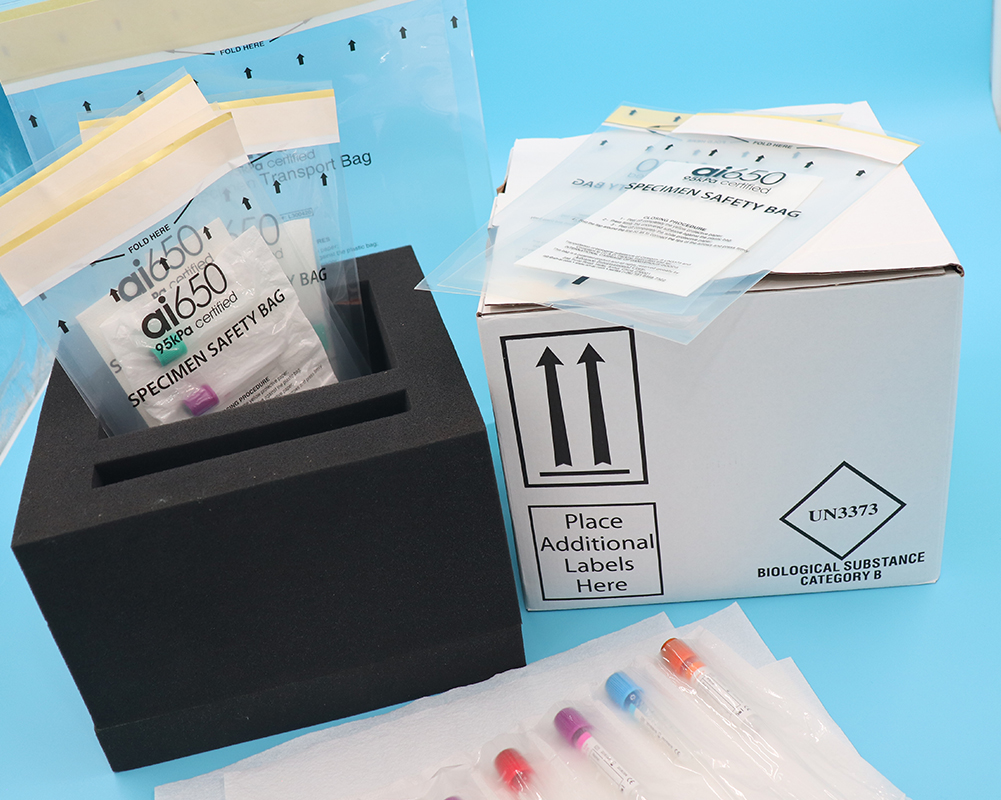How are laboratory samples transported?
Things to note when transporting samples:
Before shipment, samples should be checked one by one with sample labels and sampling records, and then classified and packed into boxes after verification.
Plastic containers should be plugged with an inner stopper, the outer lid should be tightened, and a sealing tape should be attached; glass bottles should be tightly plugged with a ground stopper, or sealed with sealing glue or paraffin. Water samples of oils to be tested cannot be sealed with paraffin.
Samples that need to be refrigerated should be equipped with special insulated containers and filled with refrigerant.
Insulation measures should be taken in winter to prevent sample bottles from freezing and cracking.
In order to prevent the sample from being lost or contaminated due to vibration and collision during transportation, it is best to pack the sample for transportation. The box and cover used for packaging need to be lined with foam plastic, and the box cover should be appropriately pressed against the sample bottle.
Sample boxes should be clearly marked “Do not invert” and “Fragile items”.
Ice is an indispensable experimental method commonly used in our laboratory for short-term preservation of samples and experimental processes. Wet ice is solid H2O, which can store samples at 0°C for a short period of time. Dry ice is solid carbon dioxide, with a melting point of -78.5°C. Under standard atmospheric pressure, it does not become solid, but directly sublimates into a gaseous state. It is mainly used for the transportation and experiments of strains, cells and tissues.



No responses yet